Now that you have viewed the video, let’s practice identifying functions. Determine if the given table, graph, or mapping is a functional relationship. Then tell why or why not a functional relationship exists.
Use your notes to record your answers.
- Does the graph below show a function?
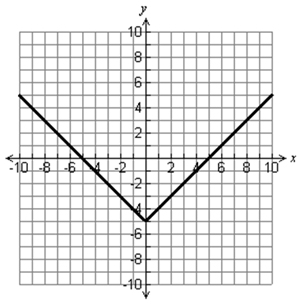
|
Interactive popup. Assistance may be required.
Check Your Answer
|
- Does the data in the set below represent a functional relationship?
{(2, 7), (5, 8), (6, 8), (2, 5)}
|
Interactive popup. Assistance may be required.
Check Your Answer
|
- Does the graph below show a functional relationship?
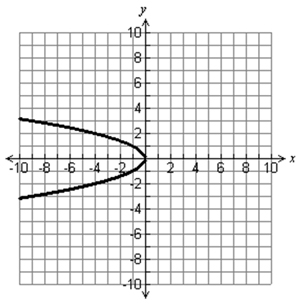
|
Interactive popup. Assistance may be required.
Check Your Answer
|
- Does the mapping below represent a function?
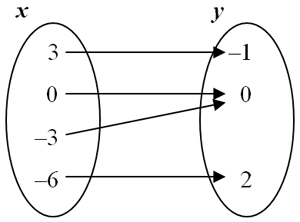
|
Interactive popup. Assistance may be required.
Check Your Answer
|
- Does the data in the table below represent a functional relationship?
|
x
|
y
|
| 5 |
20 |
| 3 |
14 |
| 2 |
11 |
| 2 |
10 |
| 1 |
8 |
|
Interactive popup. Assistance may be required.
Check Your Answer
|
- Mr. Pappas placed a coordinate grid over a map of the city. He used his office building as the origin of the coordinate grid. The points on the graph below represent locations of meetings that Mr. Pappas will be attending during the week. Does the graph represent a function?
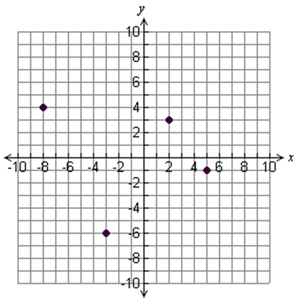
|
Interactive popup. Assistance may be required.
Check Your Answer
|
- Does the mapping below represent a functional relationship?
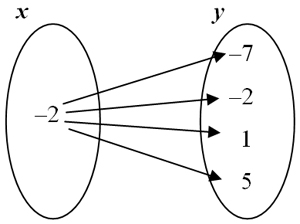
|
Interactive popup. Assistance may be required.
Check Your Answer
|
- Lizzie was given the set of points shown below. Does the data in the set represent a functional relationship?
{(8, 7), (-7, 7), (-3, 7), (2, 7)} |
Interactive popup. Assistance may be required.
Check Your Answer
|
Follow the link below and complete the activity for more practice.












